This post was earlier cross-posted at Leonid Schneider's site, hence the unfrivolous tone. The version there is improved by Leonid's editing, background details and frame-story.
This rat is making bad decisions in a gambling task; it needs to think about its poor choices and where it went wrong. Perhaps it is distracted by algal neurotoxins or by cisplatin neuropathy, or by the removal of its teeth, or by 'visceral pain' (i.e. traumatic
 Fortunately there are researchers with vagus-nerve stimulation or opto-genetic technology to end the distraction by restoring the theta-wave entrainment of its amygdala and anterior cingulate cortex! (this technology also lends itself to potential applications in grimdark cyberpunk novels).
Fortunately there are researchers with vagus-nerve stimulation or opto-genetic technology to end the distraction by restoring the theta-wave entrainment of its amygdala and anterior cingulate cortex! (this technology also lends itself to potential applications in grimdark cyberpunk novels).Let me explain.
Elisabeth Bik recently blogged about the different genres of visual evidence that journal editors might expect to find enlivening a manuscript submitted to them. The "Domain of Images" [Elkins 1999] is more than microscopy and Western Blots; the Figures might feature FACS plots and histograms, and spectra in all their energy ranges, and Fourier-transformed IR spectroscopy, and X-ray diffraction patterns. These might not leave the readers any wiser if the key results are averaged values across repeated experiments, but as artisanal craft data they provide some confidence that someone did spend some time in the laboratory, But each genre also creates opportunities (and temptations!) for people to spend time in Photoshop instead, beautifying their data and airbrushing over the warts and wrinkles... or perhaps the experiments were more aspirational than actual. See also "The Subtleties a Spectrograph..." and "The mountains skipped like rams...".
And now, "Tricliceras Lobatum" has discovered an new avenue for artistic expression: nerve impulse recordings (Fig 2A, Wu et al. 2004 [3]). If that's not what happened, then perhaps someone sent a file to be printed at the same time that someone else in the lab was printing a batch of bar-codes.
But maybe 'bar-codes' are an alien concept to young people today with their 'QR codes', so for a metaphor that everyone will understand, let me draw a comparison to Renaissance siege-warfare ladders.
Now I am the first to admit my total inexperience in recording single-neuron depolarisation spikes; never in my life have I patched a clamp nor clamped a patch
Figs 2B and 2C, and C superimposed on B after a black/white reversal to see how well they cancel out
It is a tribute to Chung's vision that very soon after beginning his career at Michigan he began asking far more basic questions and established a very successful research program continuously funded by the NIH.Sadly, his habit of "asking far more basic questions" did not extend as far as casting a cold skeptical eye over the fabricated papers set before him to sign, ripe with the aroma of cut-&-paste. Pubpeer threads document two decades of these Michigan Michigastric Michigallimaufries, with the first recorded ones filling a 2001 paper -- "Intestinal serotonin acts as a paracrine substance to mediate vagal signal transmission evoked by luminal factors in the rat" (Zhu, Wu, Owyang & Li. 2001) [1]...

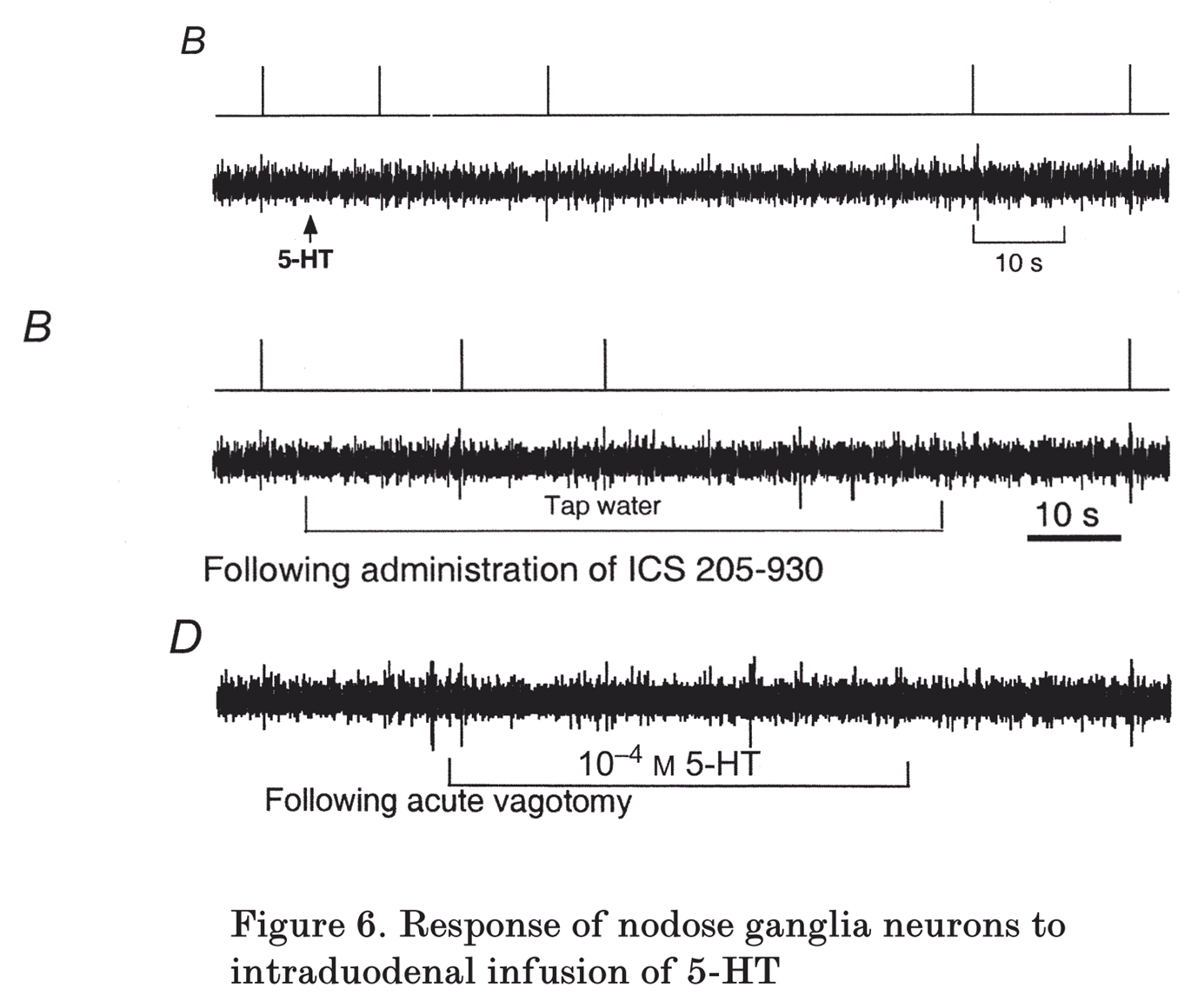
...and the most recent in September: "High-fat diet–induced vagal afferent dysfunction via upregulation of 2-pore domain potassium TRESK channel" (Grabauskas et al 2019) [13].
At the risk of becoming monotonous, Figure 11, "Figure 11. Responses of the vagal pancreatic efferent nerve to microinjection of glutamate into the lateral parabrachial nucleus" from "Hypothalamic regulation of pancreatic secretion is mediated by central cholinergic pathways in the rat" (Li et al 2003) [2]. And Figure 2, "Effects of intestinal distension or an intra-arterial injection of secretin on the discharge frequency of vagal nodose neurons", from "Secretin activates vagal primary afferent neurons in the rat" (Li et al. 2005) [5].
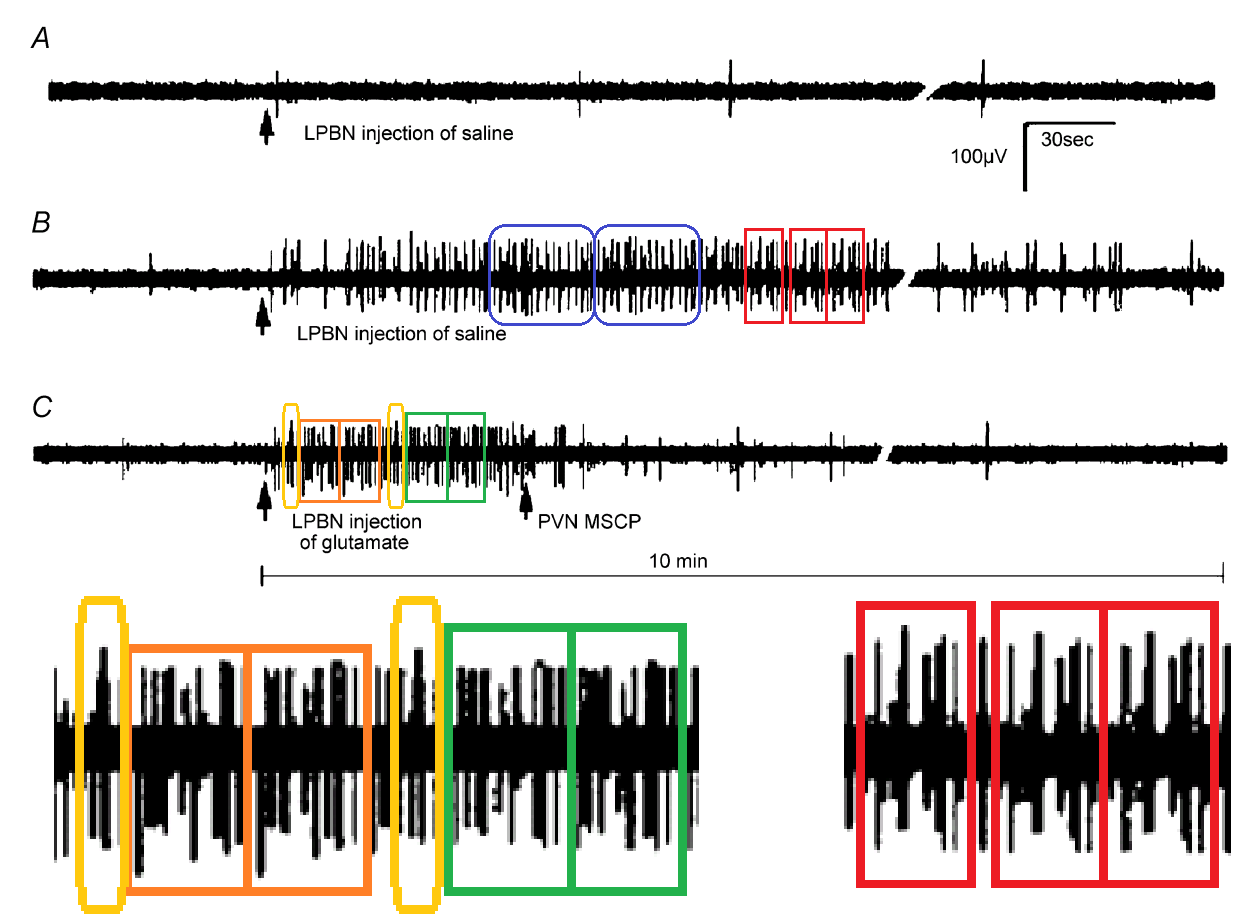
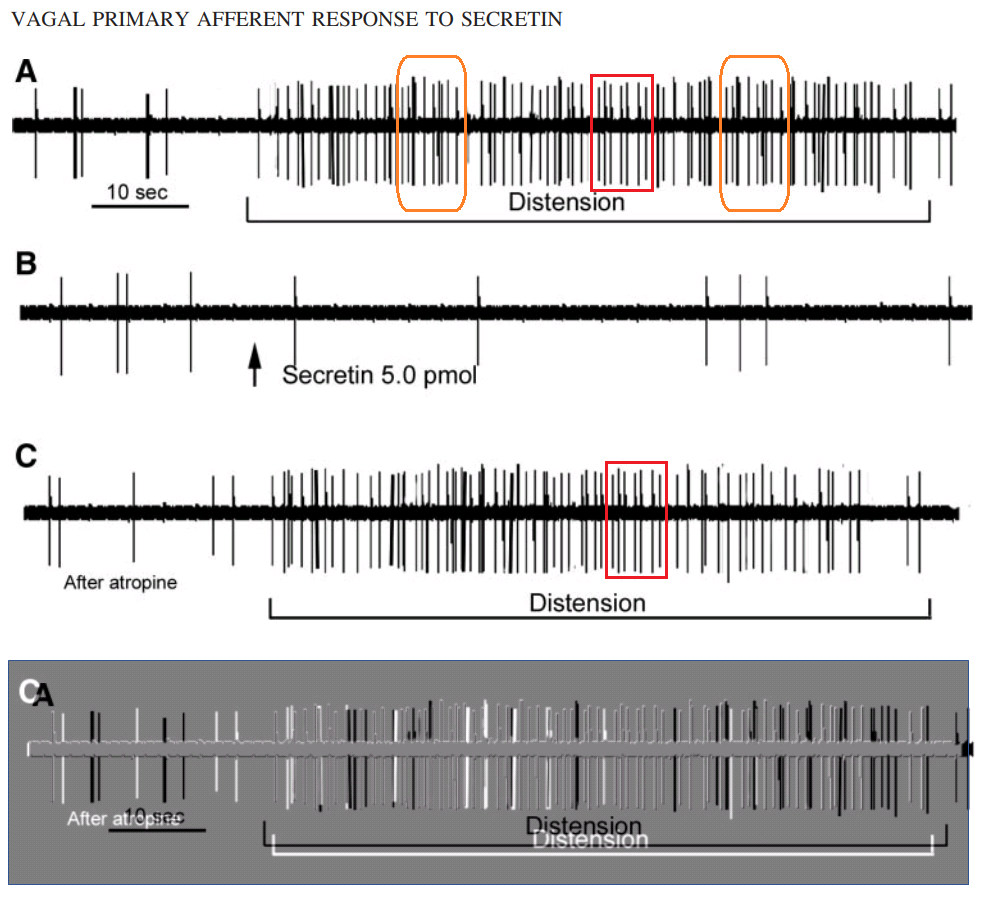
Both have tape-loop flat-lines.
I worry about the paroxysms in "Role for NMDA receptors in visceral nociceptive transmission in the anterior cingulate cortex of viscerally hypersensitive rats" (Wu et al. 2008) [7]. Perhaps the animals contracted whooping cough.
I could continue at exhaustive length, but that would deprive the readers of the joy of strolling through the PubPeer threads themselves. Just one last recent example (for values of "recent" that include "five years ago"): this non-Euclidean monorail track comes from "Ghrelin induces leptin resistance by activation of suppressor of cytokine signaling 3 expression in male rats" (Heldsinger et al 2014) [11].
 It is not clear who deserves the credit. Two names recur in the authorship list: Ying Li, and Xiaoyin Wu. Consider, for instance, "Serotonin and cholecystokinin synergistically stimulate rat vagal primary afferent neurones" (Li, Wu & Owyang 2004) [4]. Figures 1 and 5 display motoric techno beats in the baselines and repeating patterns of spikes ("Perhaps the experimental animals had hiccoughs").
It is not clear who deserves the credit. Two names recur in the authorship list: Ying Li, and Xiaoyin Wu. Consider, for instance, "Serotonin and cholecystokinin synergistically stimulate rat vagal primary afferent neurones" (Li, Wu & Owyang 2004) [4]. Figures 1 and 5 display motoric techno beats in the baselines and repeating patterns of spikes ("Perhaps the experimental animals had hiccoughs").Was Li claiming ownership of Fig 5 when he reprinted it as Figure 3 in his 2007 solo-authorship review paper, "Sensory signal transduction in the vagal primary afferent neurons" [A] (published in a predatory journal from Bentham)?
Turn now to "Vagal control of satiety and hormonal regulation of appetite" (Owyang & Heldsinger 2011) [9]. With neither Y. Li nor X.-Y. Wu as co-authors, Figure 3 is an exception to the earlier generalisation.
But again, this is a Review-paper issue, for Fig. 3 had earlier appeared (hiccoughs and all) as Fig 5 of "Low-affinity CCK-A receptors are coexpressed with leptin receptors in rat nodose ganglia" (Li et al, 2011) [8]. That particular output from his team must have impressed Professor Owyang as especially emblematic and worthy of a wider readership.
[8] seems to have been Li's last paper with Owyang (from 2009 onward his first affiliation was to City University of Hong Kong, and his Michigan role was downgraded to "Visiting Investigator" or "Research Fellow"). Anyway, [8] has more to offer. More synthetic entities, in Figures 1, 2 and 4...
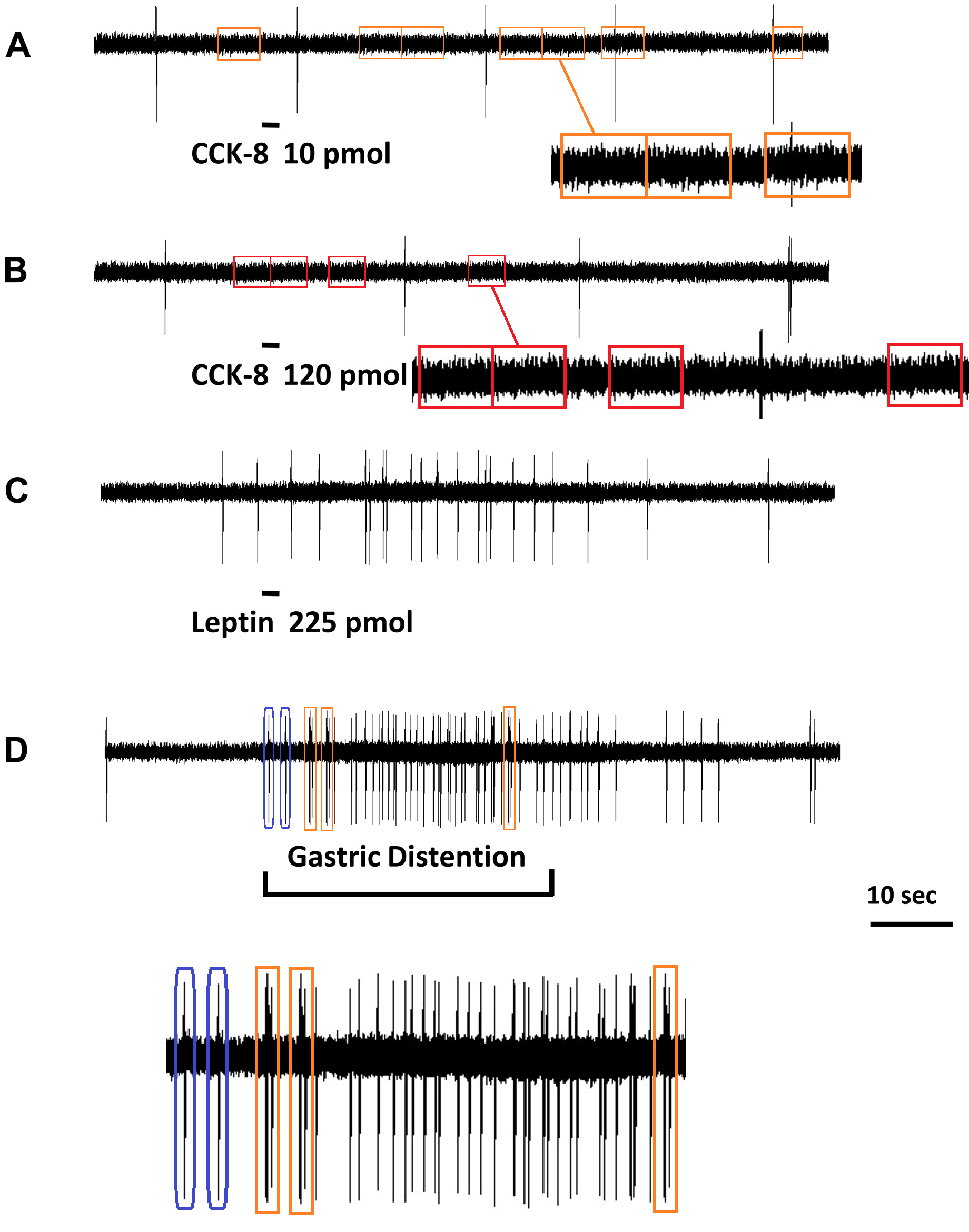

... Then there is Figure 7. In isolation it is an elegant marker-protein-based colour map of cell specialties:
"Double fluorescence labeling of rat nodose ganglia shows expression of CCKAR and OB-Rb. A: CCKAR are stained with green fluorescent Alexa Fluor 488. B: OB-Rb are stained with red fluorescent Cy3."
But a year later, in the first post-Li paper (Heldsinger et al. (2012) [10], Figure 1 shows the same antibody-tagged cells as expressing different proteins. Meanwhile a third panel of fluorescence had been found.
H/t PubPeer contributor "Unregistered"
"Immunostaining of rat nodose ganglia (NG) neurons shows colocalization of leptin receptors (LRb), CCK-A receptors (CCKAR), and cocaine- and amphetamine-regulated transcript (CART)."
"Brycinus Lateralis" questioned whether the procedure described in the Methods of [10] could ever have produced the published results:
#4 Brycinus Lateralis
#1 Another MAJOR issue with Figure 1D. How could they possibly have performed double immunohistochemistry with two rabbit antibodies: The listed anti-CCKAR is a rabbit polyclonal. The listed anti-LepR is a rabbit polyclonal too.
If true, this is simply NOT a valid immunostaining.
In the methods, it is stated that Alexa488 (green) and Cy3 (red) were used as fluorophores. But what about CART that appears blue in Fig 1C?
Having slogged through that explanation (don't worry, this will not be in the test), it makes sense to look at two other double- and triple-immunohistochemistry issues. Figure 2 from Zhao et al. (2015) [12] is beautiful but meaningless:
#1 Orthogeomys Grandis
Double immunohistochemistry was performed using primaries rabbit anti-nNOS (1:200, SC-648, Santa Cruz Biotechnology) and rabbit anti-TGR5 (1:250, ab 72608, Abcam, Cambridge, MA). Using antisera raised in the same species is NOT a valid approach. There is also no evidence whatsoever that the anti-TGR5 is specific.


And looking at [13] again:
#1 Chapoda Fortuna
A MAJOR issue with Figure 2. Double immunohistochemistry using two rabbit antibodies is not valid. The listed primary antibodies are all polyclinal rabbit: The anti-Tresk is a rabbit polyclonal. The anti-CCKAR sc-270029 couldn't be found. Perhaps, they used the same antibody as in a prior study, a rabbit polyclonal. The listed anti-LepR is a rabbit polyclonal too.
Promotion ladder is broken
 One can hardly blame Ying Li for shifting his focus from Michigan to Hong Kong City University. For that NIH beneficence to the Gastroenterology Research Unit does not seem to spill over into the salaries or a promotional ladder for its staff. Departmental records show Ying Li advancing slowly from "Senior Associate Research Scientist" in 2002 to "Research Associate Professor in 2008, and from US$76,064 to $94,724. Despite her key role in the laboratory, Xiao-Yin Wu was stuck as "Research Associate" or "Research Lab Specialist" from 2002 to the present, while her salary crept slowly from US$32,240 to the still-derisory figure of $56,426. Perhaps this is standard for the precariat serfs in US academic feudalism.
One can hardly blame Ying Li for shifting his focus from Michigan to Hong Kong City University. For that NIH beneficence to the Gastroenterology Research Unit does not seem to spill over into the salaries or a promotional ladder for its staff. Departmental records show Ying Li advancing slowly from "Senior Associate Research Scientist" in 2002 to "Research Associate Professor in 2008, and from US$76,064 to $94,724. Despite her key role in the laboratory, Xiao-Yin Wu was stuck as "Research Associate" or "Research Lab Specialist" from 2002 to the present, while her salary crept slowly from US$32,240 to the still-derisory figure of $56,426. Perhaps this is standard for the precariat serfs in US academic feudalism.Anyway, browsing through Li's Hong King output, I see the continuity from his time at Michigan... rewired rats and rat colorectal distention feature a lot, and the Anterior Cingulate cortex (the power of almost-anagrams explains the interest in ciguatera poisoning). This is where we came in.
In contrast, though, few primary data are on show in these post-Owyang papers, only the aggregate results (histograms, group-mean line plots, Fourier transforms). This may reflect the editorial preferences of different journals. At any rate it is certainly safer. I like to think that the results from Li's group are either (1) made up in their entirety so no actual rats were vivisected and tormented in the making of the movie; or (2) reported with scrupulous accuracy so that others can rely on the data and the rats did not suffer and die in vain.
A few notable exceptions to this "no raw data" rule come to mind. First, these timelines from Wang et al. (2015) [E] overlap better than one might expect.
H/t "Ophiactis Macrolepidota"
Despite some half-arsed manipulation, these protein blobs from a Western Blot - Figs 3 and 5 from Li et al (2012) [B] - remain as distinctive in their own way as Monet brushstrokes.[B] also provides us with Figure 1(c), "Representative electromyograms of the VMR to graded-pressure CRD in VH rats treated with vehicle or glutamate, or with microelectroporation of CaMKII siRNA before glutamate injection". It seems that a thorough grounding in rewiring rats is not the only benefit Li took with him from Michigan, for the same gut-spasm electromyograms had appeared four years previously (with different labels in a different experiment) in "Anterior cingulate cortex modulates visceral pain as measured by visceromotor responses in viscerally hypersensitive rats" (Cao et al. 2008) [6]. In a third appearance in a review chapter ("Synaptic Plasticity and Synchrony in the Anterior Cingulate Cortex Circuitry", Li 2018) [F], the electromyograms reverted to their 2008 labels.
I mustn't forget the quality of 'bilocation' shown by Fig 1(a) of [B], and between Figs 1 and 4 of [6].

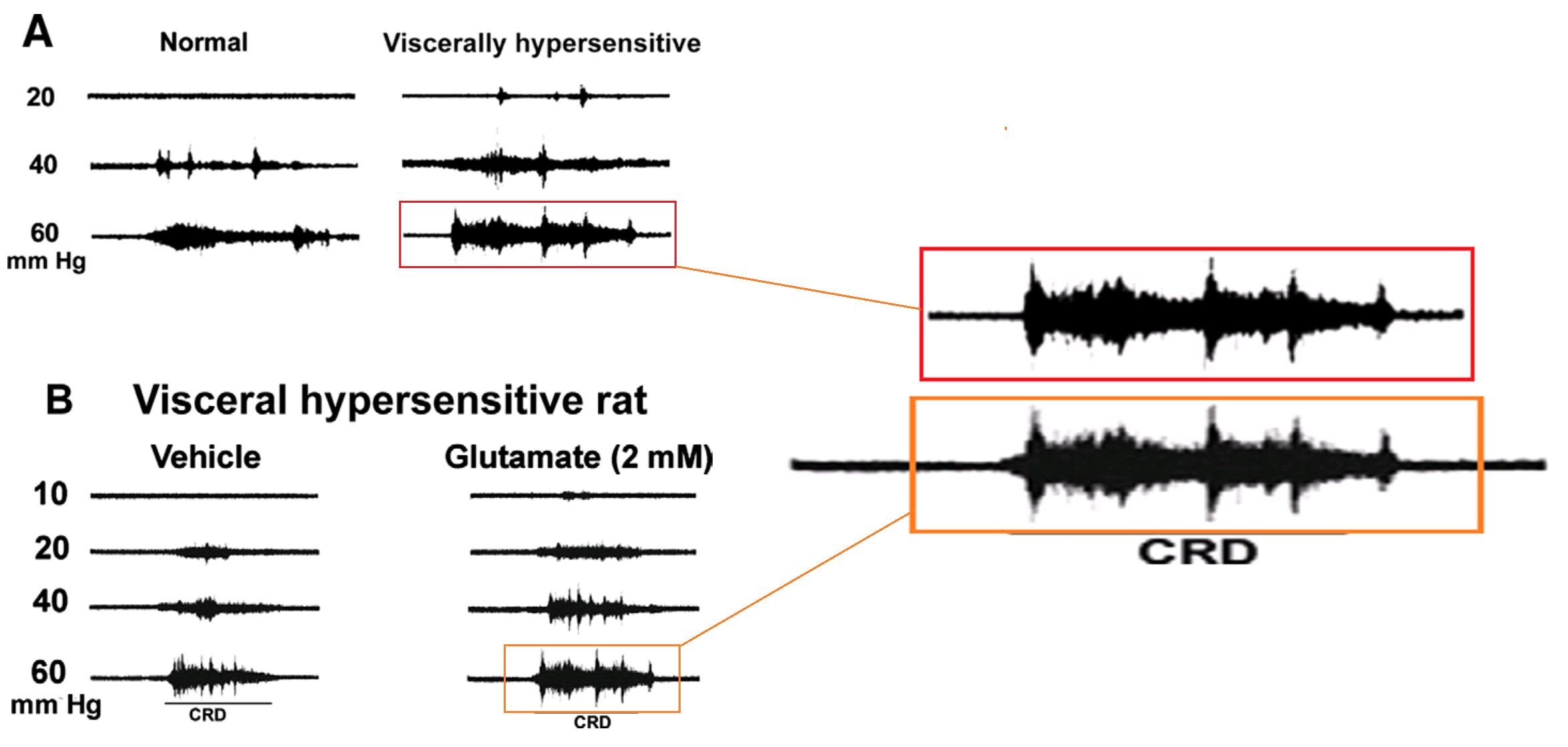
Two last cases of electromyogram recycling, from "Cholecystokinin enhances visceral pain-related affective memory via vagal afferent pathway in rats" (Cao et al 2012) [C] and "Vagus nerve stimulation modulates visceral pain-related affective memory" (Zhang et al. 2013) [D]:
Of course these are not fabricated figures, so each reuse could be an innocent mistake, not evidence of bad intentions. The authors can be forgiven for attentional lapses while choosing and assembling their diagrams. Perhaps they had recently incurred the removal of their molars, or been poisoned with cisplatin or algal neurotoxins, leading them to distraction and sub-optimal decision-making.
Must credit Research Affiliate TigerBB8 (current salary US$000,000.00)
 Alternative Title:
Alternative Title:
Guts, guts, got no guts
And stitches don't help at all
SOURCES[1]. "Intestinal serotonin acts as a paracrine substance to mediate vagal signal transmission evoked by luminal factors in the rat",
J. X. Zhu, X. Y. Wu, C. Owyang, Y. Li (2001)
Journal of Physiology doi: 10.1111/j.1469-7793.2001.0431k.x [PubPeer].
[2]. "Hypothalamic regulation of pancreatic secretion is mediated by central cholinergic pathways in the rat", Ying Li, Xiaoyin Wu , Jinxia Zhu , Jin Yan , Chung Owyang (2003).
Journal of Physiology doi: 10.1113/jphysiol.2003.049122 [PubPeer].
[3]. "Hypothalamus–Brain Stem Circuitry Responsible for Vagal Efferent Signaling to the Pancreas Evoked By Hypoglycemia in Rat", Xiaoyin Wu, Jun Gao, Jin Yan, Chung Owyang, Ying Li (2004).
Journal of Neurophysiology doi: 10.1152/jn.00791.2003 [PubPeer].
[4]. "Serotonin and cholecystokinin synergistically stimulate rat vagal primary afferent neurones", Y. Li, X. Y. Wu , C. Owyang (2004).
Journal of Physiology doi: 10.1113/jphysiol.2004.064816 [PubPeer].
[5]. "Secretin activates vagal primary afferent neurons in the rat: evidence from electrophysiological and immunohistochemical studies", Ying Li , Xiaoyin Wu , Harry Yao , Chung Owyang (2005).
AJP Gastrointestinal & Liver Physiology doi: 10.1152/ajpgi.00039.2005 [PubPeer].
[6]. "Anterior cingulate cortex modulates visceral pain as measured by visceromotor responses in viscerally hypersensitive rats", Zhijun Cao , Xiaoyin Wu , Shengliang Chen , Jing Fan , Rui Zhang , Chung Owyang , Ying Li (2008).
Gastroenterology (2008) doi: 10.1053/j.gastro.2007.11.057 [PubPeer].
[7]. "Role for NMDA receptors in visceral nociceptive transmission in the anterior cingulate cortex of viscerally hypersensitive rats", Xiaoyin Wu , Jun Gao , Jin Yan , Jing Fan , Chung Owyang , Ying Li (2008).
AJP Gastrointestinal & Liver Physiology doi: 10.1152/ajpgi.00452.2007 [PubPeer].
[8]. "Low-affinity CCK-A receptors are coexpressed with leptin receptors in rat nodose ganglia: implications for leptin as a regulator of short-term satiety", Ying Li , Xiaoyin Wu , Shiyi Zhou , Chung Owyang (2011).
AJP Gastrointestinal & Liver Physiology doi: 10.1152/ajpgi.00356.2010 [PubPeer].
[9]. "Vagal control of satiety and hormonal regulation of appetite", Chung Owyang, Andrea Heldsinger (2011).
Journal of Neurogastroenterology & Motility doi: 10.5056/jnm.2011.17.4.338 [PubPeer].
[10]. "Cocaine- and amphetamine-regulated transcript is the neurotransmitter regulating the action of cholecystokinin and leptin on short-term satiety in rats", Andrea Heldsinger , Yuanxu Lu , Shi-Yi Zhou , Xiaoyin Wu , Gintautas Grabauskas , Il Song , Chung Owyang (2012)
AJP Gastrointestinal & Liver Physiology doi: 10.1152/ajpgi.00231.2012 [PubPeer].
[11]. "Ghrelin induces leptin resistance by activation of suppressor of cytokine signaling 3 expression in male rats: implications in satiety regulation", Andrea Heldsinger , Gintautas Grabauskas , Xiaoyin Wu , ShiYi Zhou , Yuanxu Lu , Il Song , Chung Owyang (2014).
Endocrinology doi: 10.1210/en.2013-2095 [PubPeer].
[12]. "Upregulation of bile acid receptor TGR5 and nNOS in gastric myenteric plexus is responsible for delayed gastric emptying after chronic high-fat feeding in rats", Hui Zhou , Shiyi Zhou , Jun Gao , Guanpo Zhang , Yuanxu Lu , Chung Owyang (2015).
AJP Gastrointestinal & Liver Physiology doi: 10.1152/ajpgi.00380.2014 [PubPeer].
[13]. "High-fat diet–induced vagal afferent dysfunction via upregulation of 2-pore domain potassium TRESK channel", Gintautas Grabauskas , Xiaoyin Wu , ShiYi Zhou , JiYao Li , Jun Gao , Chung Owyang (2019).
JCI Insight doi: 10.1172/jci.insight.130402 [PubPeer].
* * * * * * * * * * * * * * * *
[A] "Sensory signal transduction in the vagal primary afferent neurons", Ying Li (2007).Current Medicinal Chemistry doi: 10.2174/092986707782023334 [PubPeer].
[B]. "Phosphorylated CaMKII post-synaptic binding to NR2B subunits in the anterior cingulate cortex mediates visceral pain in visceral hypersensitive rats", Ying Li , Xu Zhang , Haiyan Liu , Zhijun Cao , Shengliang Chen , Bing Cao , Jin Liu (2012).
Journal of Neurochemistry doi: 10.1111/j.1471-4159.2012.07717.x [PubPeer].
[C]. "Cholecystokinin enhances visceral pain-related affective memory via vagal afferent pathway in rats", Bing Cao, Xu Zhang, Ni Yan, Shengliang Chen, Ying Li (2012).
Molecular Brain doi: 10.1186/1756-6606-5-19 [PubPeer].
Behavioural Brain Research doi: 10.1016/j.bbr.2012.08.027 [PubPeer].
[E] "Facilitation of synaptic transmission in the anterior cingulate cortex in viscerally hypersensitive rats", Jun Wang , X. Zhang , Bing Cao , Jin Liu , Ying Li (2015).
Cerebral Cortex doi: 10.1093/cercor/bht273 [PubPeer].
[F]. "Synaptic Plasticity and Synchrony in the Anterior Cingulate Cortex Circuitry: A Neural Network Approach to Causality of Chronic Visceral Pain and Associated Cognitive Deficits", Ying Li (2018).
Advances in Neurobiology doi: 10.1007/978-3-319-94593-4_8 [PubPeer].













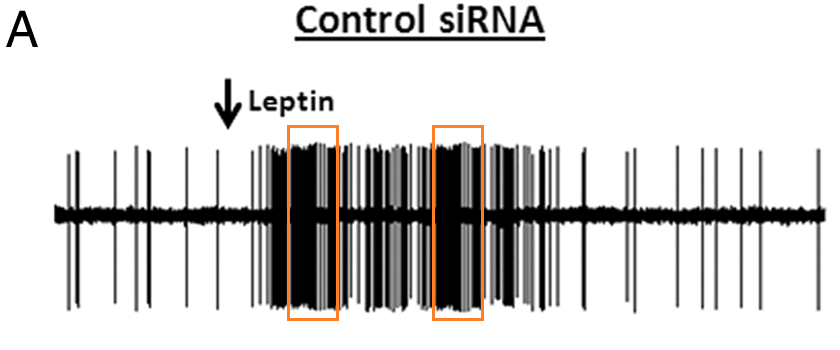
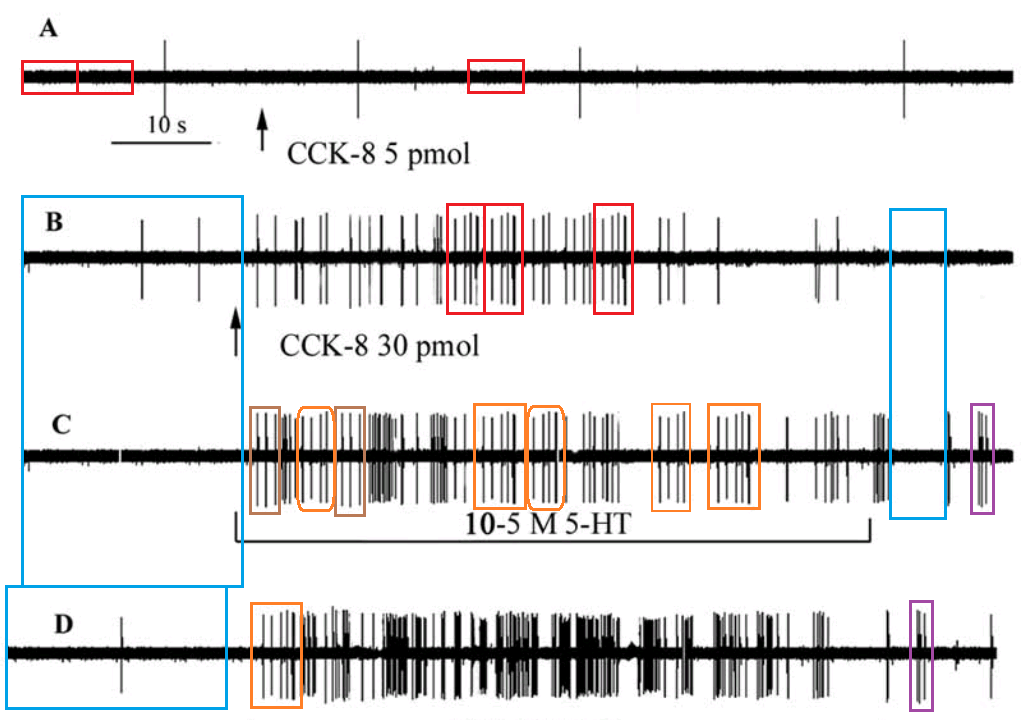





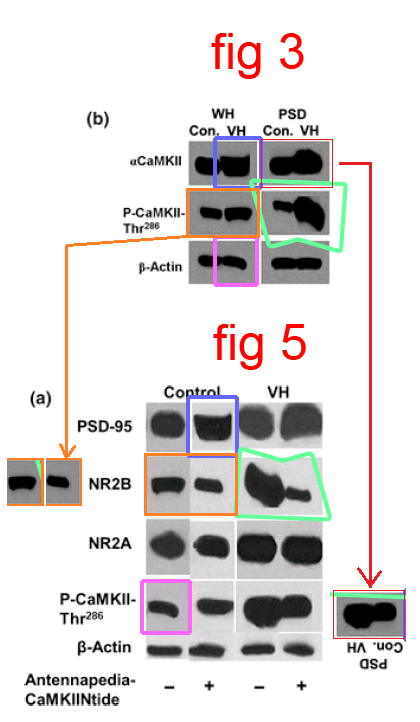
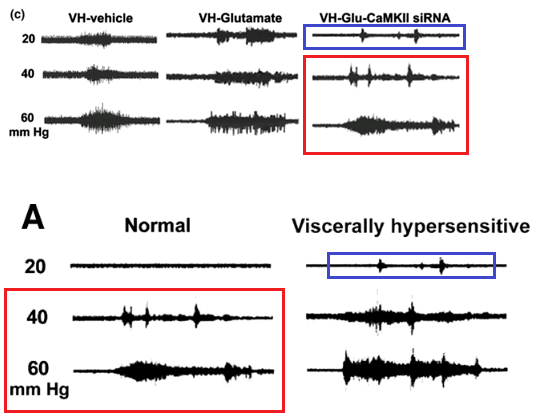
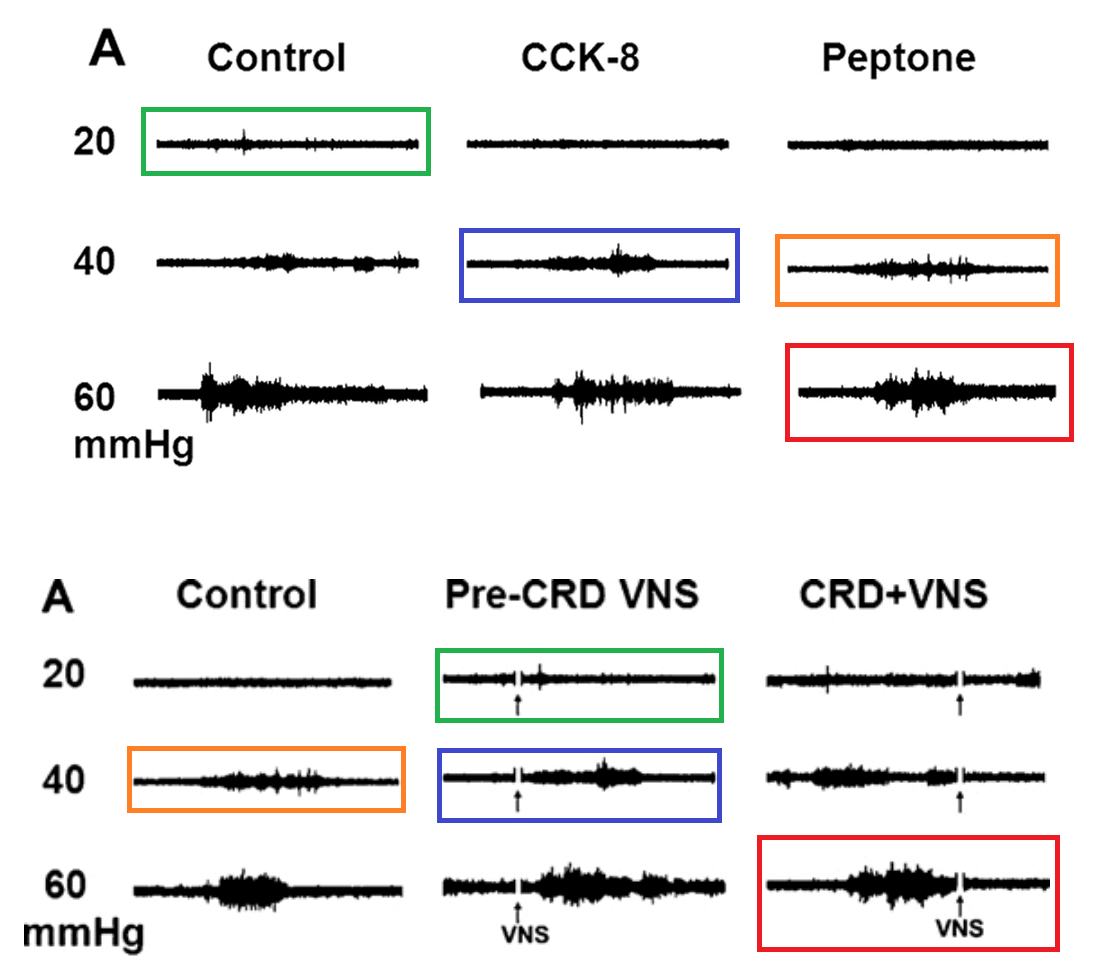
No comments:
Post a Comment